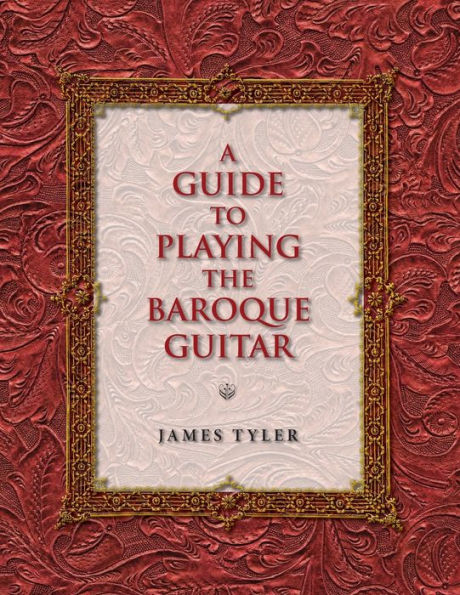A Guide to Playing the Baroque Guitar
James Tyler offers a practical manual to aid guitar players and lutenists in transitioning from modern stringed instruments to the baroque guitar. He begins with the physical aspects of the instrument, addressing tuning and stringing arrangements and technique before considering the fundamentals of baroque guitar tablature. In the second part of the book Tyler provides an anthology of representative works from the repertoire. Each piece is introduced with an explanation of the idiosyncrasies of the particular manuscript or source and information regarding any performance practice issues related to the piece itself—represented in both tablature and staff notation. Tyler's thorough yet practical approach facilitates access to this complex body of work.
"1100267644"
A Guide to Playing the Baroque Guitar
James Tyler offers a practical manual to aid guitar players and lutenists in transitioning from modern stringed instruments to the baroque guitar. He begins with the physical aspects of the instrument, addressing tuning and stringing arrangements and technique before considering the fundamentals of baroque guitar tablature. In the second part of the book Tyler provides an anthology of representative works from the repertoire. Each piece is introduced with an explanation of the idiosyncrasies of the particular manuscript or source and information regarding any performance practice issues related to the piece itself—represented in both tablature and staff notation. Tyler's thorough yet practical approach facilitates access to this complex body of work.
34.95
In Stock
5
1

A Guide to Playing the Baroque Guitar
176
A Guide to Playing the Baroque Guitar
176
34.95
In Stock

Product Details
| ISBN-13: | 9780253222893 |
|---|---|
| Publisher: | Indiana University Press |
| Publication date: | 01/24/2011 |
| Series: | Publications of the Early Music Institute |
| Pages: | 176 |
| Product dimensions: | 8.40(w) x 11.00(h) x 0.50(d) |
| Age Range: | 18 Years |
About the Author
What People are Saying About This
From the B&N Reads Blog
